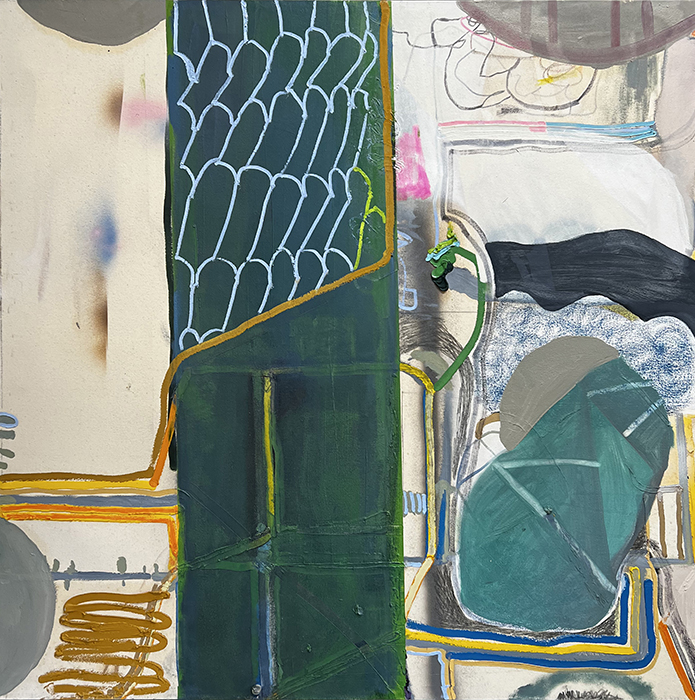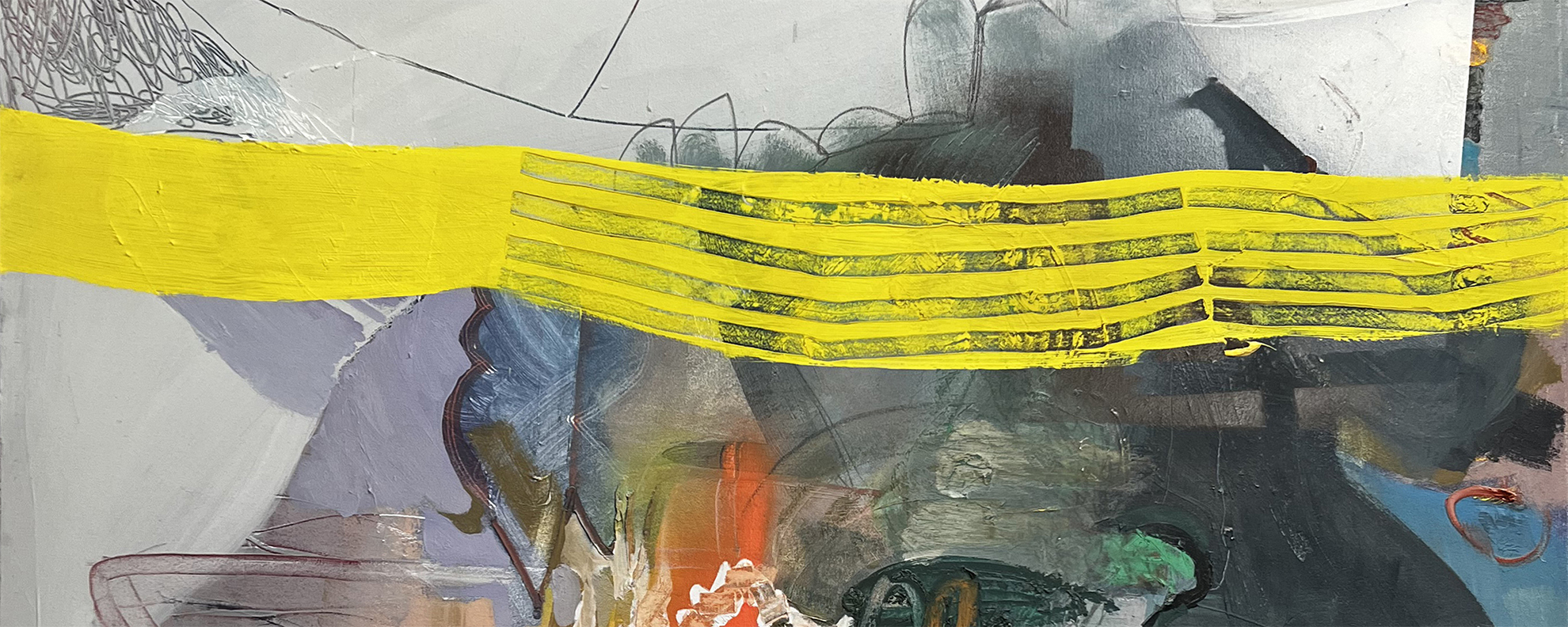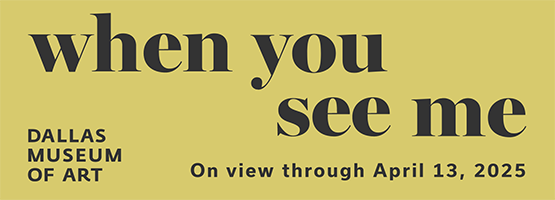Michael Blair is trying to get to a place where everything is open and possible. Over the last decade, he has been on a quest to create a fresh, new kind of pictorial space. From playing with the simplest building blocks of a picture, to experimenting with a growing vocabulary of mark-making and color choices, Blair’s explorations in abstraction have yielded a strong body of work that reveals an abundance of thought.
The earliest works are in a square format. “I was trying to find ground zero,” says Blair. “These were an attempt to avoid any reference to either landscape or portraiture.” His later experiments with more vertical orientations stretch up and feel almost like objects in themselves. “Rather than just a window to look through,” continues Blair, “the kinds of space they hold are totally different, more related to the digital spaces created and consumed on smartphones and iPads and whatnot.”
Blair’s process is largely intuitive and sometimes chaotic. He starts a painting by creating a problem to solve. “Usually the first thing I do is not important,” explains Blair. “I get some energy going and get marks down, getting something on the canvas to start thinking. I try to create a problem for myself to get out of whatever comfort zone I’m in, something I have to deal with and solve compositionally.” An early example is a minimal painting that’s almost all white. It began with a wild scribble in black marker that runs into the side of the canvas. “I did lots of little things around it to make it work somehow. It’s one of the first paintings I made that felt complete and resolved without having the surface covered in paint.”
This kind of improvisatory play involved in the action of painting reflects Blair’s fascination with children’s art. “I’ve always been interested in children’s art, the kind of really expressive scribbling, almost primitive thing.” He would take his own children’s art into the studio and categorize them into stacks of different types of drawings. “I would just soak them in and think about them. I’m trying to get to this place of unencumbered play, serious play. That’s what I like about children’s art-making mindset. It’s play but it’s totally serious, like play is their job.”
The fluid spontaneity that characterizes Abstract Expressionism is a hallmark of Blair’s paintings. California artist Richard Diebenkorn’s Ocean Park series was an early inspiration for Blair. Applying multiple thin layers of paint, Diebenkorn would spend long hours experimenting with his color palette and exploring ideas of light and structure, searching for his next move. “I do a lot of looking,” says Blair. “Then maybe there’s just one little thing that happens and it feels like it’s generating electricity, or some kind of visual magic forces through.”

1 ⁄5
Michael Blair, Untitled (3-17), 2012
oil and graphite on canvas, 46h x 46w in

2 ⁄5
Michael Blair, Untitled (3-19), 2013
oil, spray paint, marker and graphite on canvas, 46h x 46w in

3 ⁄5
Michael Blair, Untitled (4-1), 2011
oil and spray paint on canvas, 72h x 60w in

4 ⁄5
Michael Blair, Untitled (21-02), 2021
oil and marker on canvas, 40h x 30w in
Photo by Kevin Todora.

5 ⁄5
Michael Blair, Untitled (3-13), 2011
oil and spray paint on canvas, 46h x 46w in
The two most recent paintings in the show demonstrate a marked change in the artist’s treatment of space. Overlapping marks and shapes have evolved into a more gridded shallow space, allowing the differences in color, texture, and gestural speed to take on more importance.
—SHERRY CHENG




